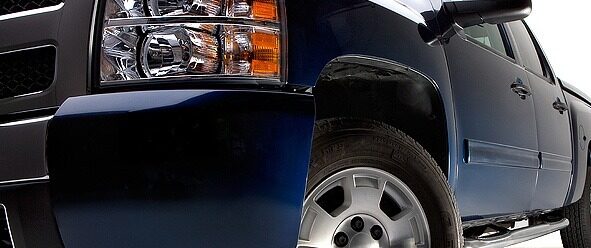
All cars have four wheels, so what exactly differentiates four-wheel drive from other driving systems? Four-wheel drive (4WD) refers to vehicles in which the engine powers all four wheels at the same time. These 4WD cars often allow drivers to switch from two- to four-wheel drive as conditions require. If you like going off-road for an adventurous drive in the thick of nature, the 4WD setting is for you.
“The byproduct of seeing nature this way is that you gain respect for it,” says Bruce Elfstrom, the CEO of Overland Experts, a Connecticut-based off-road driving school.
It’s not all about going rough and tumble, though. Many feel 4WD vehicles are also better in bad weather conditions, such as rain, snow and ice. But don’t let the added grip make you overconfident. Instead, Elfstrom offers the following guidance for safe 4WD handling:
Stay in the no-spin zone
While traction is generally much better with 4WD, you still need to be sure to maintain it while being careful about spinning. “The grip needs to remain spread to all wheels, if possible,” Elfstrom says. “To accomplish this, go soft on the throttle and give power gently. It’s like walking on ice.”
Maintain personal space
Here’s a disadvantage of 4WD vehicles: They weigh more than two-wheel-drive vehicles, and thus are slower to stop. Allow ample distance between your car and the vehicle in front of you. “Aggressive drivers end up in accidents long before drivers with forethought and finesse,” Elfstrom says.
Give your vehicle some room
Don’t tailgate. If you can read the license plate in front of you at anything faster than 45 mph, you’re too close. Keeping distance between your 4WD vehicle and the vehicles ahead enables you to avoid slamming on the brakes. With 4WD, the brakes will lock up in this situation for just a second, even if you have an anti-lock braking system, and you could lose any grip that you had. “This means your vehicle becomes a sled,” Elfstrom says. “It’s out of control. Instead of slamming, brake softly over a long distance before turning a corner. Always assume you’re about to lose traction.”
Be forward-thinking
Focus on the vehicles ahead of you to anticipate and avoid collisions, especially if you require more time and distance to stop. “A driver has to drive for others around them,” Elfstrom says. “Not everyone has the same reaction time as you, or can see as well as you, or has the same pulling power as you.”
Accidents happen. Learn how Nationwide Accident Forgiveness can help offset the rate increase that would occur after an accident. Ask your agent about adding coverage to your Nationwide policy.



